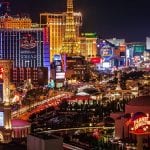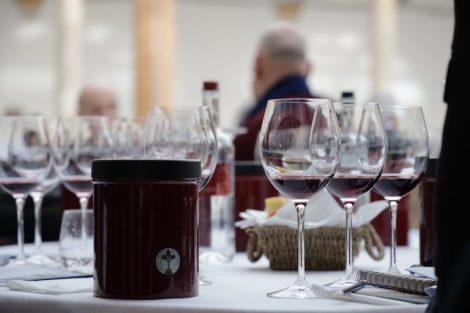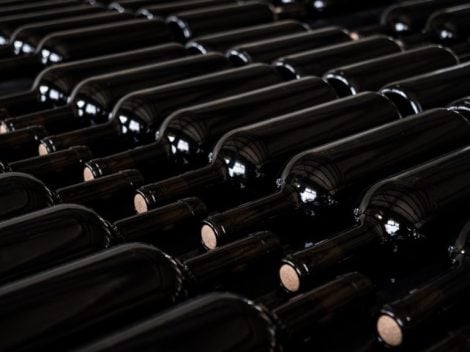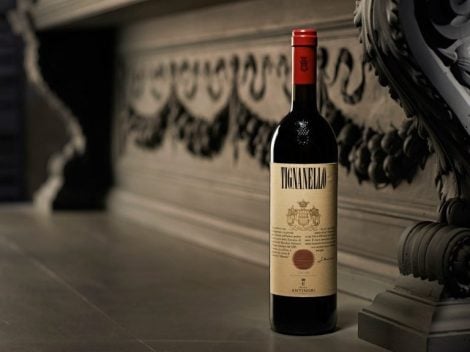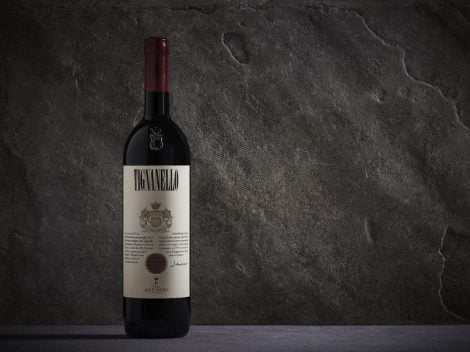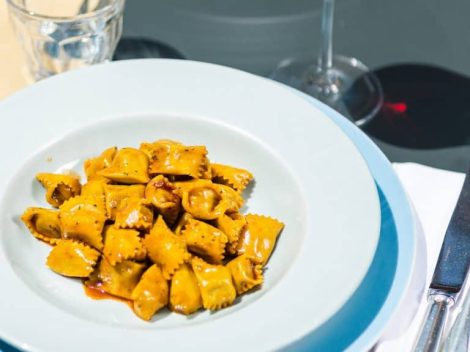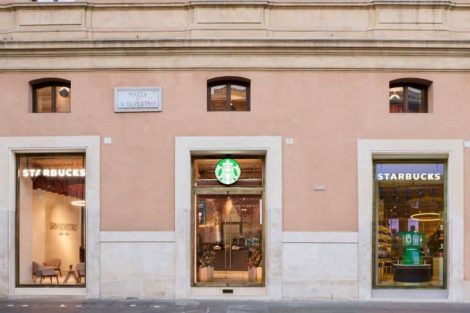Miami, a melting pot of cultures and traditions
A few degrees above the Tropic of Cancer, Miami’s ethnic and cultural groups seem infinite. More than 100 languages are spoken here. Landing in Miami, this spirit of peaceful co-existence, of spun-sugar clouds, soft breezes and mild temperatures for most of the year enfolds visitors in the relaxed mood of the city. Stress vanishes, and so does the desire to ever leave. Miami is fusion – of people, traditions and food. All have brought along their eating habits from home. More than 6,000 restaurants flaunt styles ranging from casual to fine dining, representing innumerable cultures, from Caribbean and South American (Peru and Argentina included) to Asian. Over the last few years, the geographic perimeters of Miami have been redefined. Greater Miami brings together 35 communities, including Miami Dade, Downtown Miami, Miami Beach and many urban neighborhoods that until now have been identified largely for their vacation spirit, La Bella Vita. Today, Miami can compete with global capitals of culture, and not only as the city of eternal fun.

New World Cuisine
New World Cuisine, founded here by chef Norman Van Aken, refers to the special mix in which flavors of the most varied provenance meet American cooking. New World Cuisine is low in fats and bursts with flavor, putting together clean taste sensations and ingenious combinations of fresh fish, fruit and tropical vegetables. The Wine & Food Festival Food Network of South Beach (in February) is the annual meeting place for those who want to stay up to date with trends in New World and New Entries. During the year, editions are dedicated to special themes such as fruit and spices of the world, Latin flavors, seafood, mango or Goombay (celebrating the connections between Miami and the Bahamas). During Taste of the Nations, participants can sample the flavors of different nationalities, presented by 30 of the best international restaurants.
Miami Beach
Canadian scholar Godefroy Desrosiers-Lauzon examined the unthinking attraction to the warmth of Florida and Miami using the metaphor of migrating birds. Florida’s Snowbirds are those humans from the north that spend their winters, from 2 to 6 months of the year, in the South. In Miami Beach, the oceans are emerald, the beach (real or fake) is whiter than white, and the pace of walking slows down. The United States’ greatest collection of Art Deco architecture is preserved here, with barely a touch of kitsch. Miami Beach hotels are often iconic buildings, both for architecture and the social life they embody. Their density is very high in respect to private residences, determining the urban rhythm on the southernmost streets of the island. On two kilometers of Ocean Drive, twelve buildings out of 14 are in Miami Modern style. The first to make their mark were the Fontainebleau and the Eden Roc, then came the Faena, the Delano, the Traymore (now Como Metropolitan) and others. Today, in tandem with the Eden Roc, under the historic tower with the blue logo, is the Nobu Hotel. Reached by the legendary hall designed by Morris Lapidus in Deco neo-Baroque, it is famous for its octagonal space and the tall columns covered in neo-Doric ridged wood. The new Nobu, designed by David Rockwell, introduces the Omotenashi art of hospitality, even in its interior design details, with the use of colors and tactile elements inspired by nature and its particular harmony. The restaurant is, naturally, under the supervision of Nobu Matsuhisa, who brings together the best of Peruvian and Japanese cuisine. Here the first beachside restaurant appeared, a Florida clone of California’s Malibu Farm. Chef Helene Henderson, who had long been courted by Nobu’s management, chose Miami for her farm-to-table menu, fresh and cooked to order, created for the vacation life at the ocean’s edge.
Farther down along Ocean Drive, the Como Metropolitan (ex-Traymore) deserves a special visit. The new interior design is by Paola Navone. It communicates light and lightness in a transposition from the 1930s, knowingly revisited with contemporary details and elegant but never invasive luxury. In the Traymore restaurant, Juan Loaisiga reigns. His passion is classic American seafood, and his fresh fish, crustaceans and crabs bring back the golden years of Miami deco.
Downtown
Miami, which wants to emerge from the vacation-city image, shows off its urban self in its Downtown. Brickell Centre is the official culinary destination for those who are passionate about good Italian food. A functional and extremely well-articulated mix will include a 11,500 square meter covered food hall on three levels entirely dedicated to Italian cucina. It will house a wide variety of restaurants, each an expression of the diversity of Italian regional cooking. Tastings and show cooking will be continual, along with cooking classes and lessons in pairing. Given by the best Italian chefs. They will work with fresh products purchased directly in the market.
The project is backed by Swire Properties, Inc., one of the largest real estate entrepreneurs in Florida. Debora Overhold, vice-president of the company, is convinced that Miami is ready for a project of this complexity on a food theme. “We want to bring the tradition and energy that’s on the street, in the historic centers and Italian piazzas into Miami. The food market is the heart and soul of most Italian cities. Now this will be true here in Miami, in the heart of Brickell.”
The Italian market is a block north of Brickell City Centre, inaugurated in November, 2016. Important names such as the Pubbelly Boys, with a second Pubbelly Sushi, Uruguayan Quinto la Huella, Sugar - the cocktail bar on the roof - and the last two gastronomic sites of EAST, a hotel tower with a residential formula that opened last year, are all located there.
Coral Gables and the Biltmore
Few transient vacationers find their way to this area. At the beginning of the 1920s, this was one of the first American new towns based on an avant-garde project. It is still a model of urban functionality, with pedestrian comfort the rule. Its founder, George Edgar Merrick, imagined a Mediterranean style city and established the site for the University of Miami. Also in Coral Gables is the absolute icon of Miami luxe, the Biltmore Hotel. Much of ninety years of the city’s history is reflected there, from the hurricane of 1926 to postwar events, by way of the golden years of jazz. Among its guests were Ginger Rogers, Judy Garland and Bing Crosby. Over the years, President Franklin D. Roosevelt, Al Capone, and the Duke and Duchess of Windsor stayed here. In 1996 the federal government named it a National Historic Landmark, a rare honor. Visible from afar, it is the beacon for the entire quarter, marking the border between the original town and the large park devoted to golf. The Biltmore’s restaurants are an historic feature of the hotel and visited regularly by locals for Sunday brunch, weddings, and the private parties of noted Miami families. If there’s something important to celebrate, the internal courtyard, with its Moorish and Spanish details and its South American palms is the place to do it.
Biscayne Boulevard
The new frontier of Modern Deco in Miami runs along the upgraded Biscayne Boulevard, beyond the lagoon and at the western edge of Little Haiti. A passion for the revival of 1950s style motels created a movement of Miami Modern already seen in the Deco restoration of South Beach. The new revival wave emerging along Block 27 (between 50th and 77th Street) has a name: MiMo Biscayne Boulevard Historic District. The famous Coppertone billboard ad, in which a puppy pulls down a little girl’s bathing suit, originated here in 1958. It was put back in place after the Dade Heritage Trust donated it to the MiMo Biscayne Association. A bike ride to Morningside is a trip back to residential Miami of the 1930s. Among the projects in the Biscayne renaissance is The Vagabond Hotel, an architectural gem and a favorite of visiting Europeans and intellectuals. It had been abandoned when New Yorker Avra Jain resolved to bring it new life. Its siren mosaic on a blue background and its original and restored ceramic tiles are in place to greet new guests. In the years when Miami was Magic, Frank Sinatra, Dean Martin and Sammy Davis were purportedly frequent visitors. Today the ex-motel is inscribed in the National Register of Historic Places. May Mallouh comments, “Here we live in a small community and the restaurant is one of the favorite places of those in the know. Many residents avoid the tourist neighborhoods of South Beach and come here to enjoy a quiet and welcoming evening place.” Vagabond chef, Roberto Dubois brings a family style to his dishes. “It is important to recognize ingredients, as you do in the simplicity of home cooking. My objective is to create food that makes you want to come back often, not only for a gourmet experience now and then, but as a reference point for the neighborhood.”
The Royal Motel, from 1951, is about to re-open as a cooking school led by chef Norman Van Aken, a pioneer of Floribbean cuisine. A few motels down, after a walk in the MiMo atmosphere, is the Blue Collar, a little restaurant with few tables where chefs Daniel Serfer and Ervin Bryant cook simple dishes in a casual atmosphere.
by Emilia Antonia De Vivo

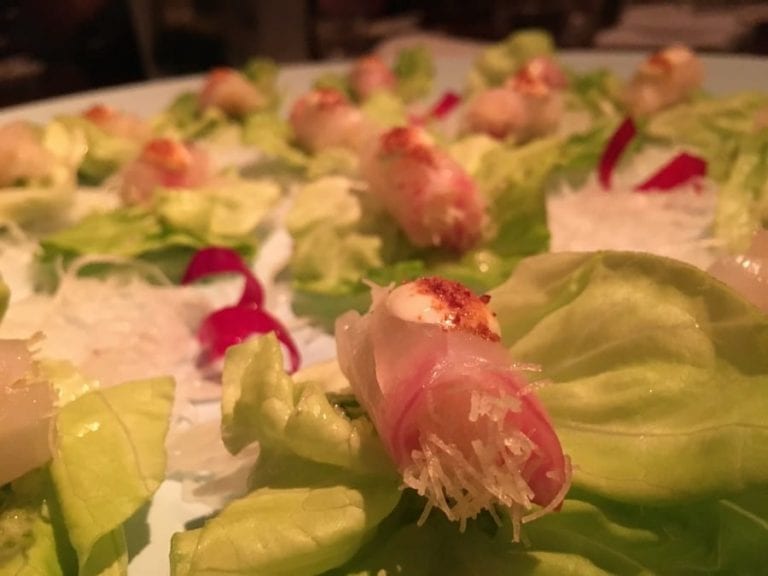

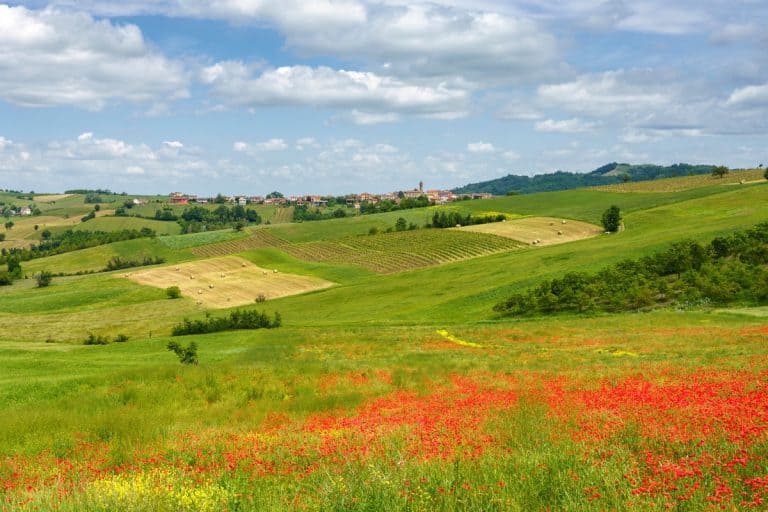 Timorasso: the red wine dressed as white from the Colli Tortonesi. Here are the 16 best labels
Timorasso: the red wine dressed as white from the Colli Tortonesi. Here are the 16 best labels It’s official: China joins the International Organisation of Vine and Wine
It’s official: China joins the International Organisation of Vine and Wine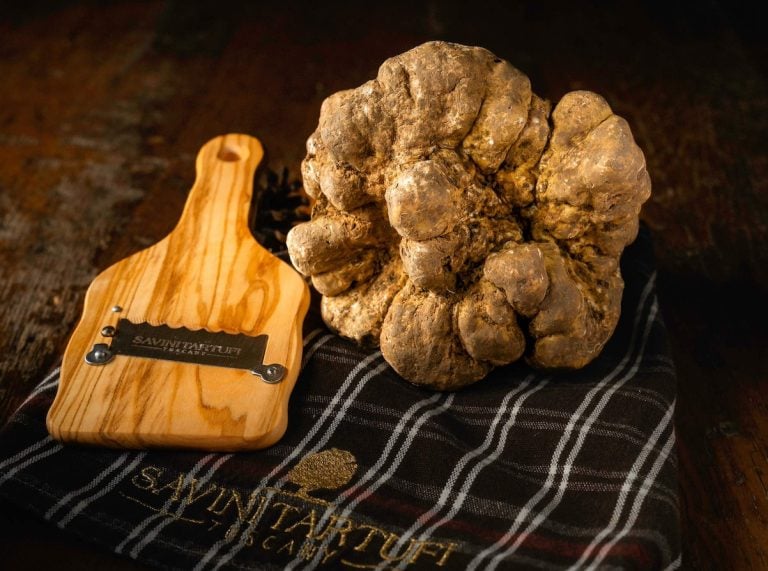 How and where to buy white truffle from Alba at a fair price: tips from an expert
How and where to buy white truffle from Alba at a fair price: tips from an expert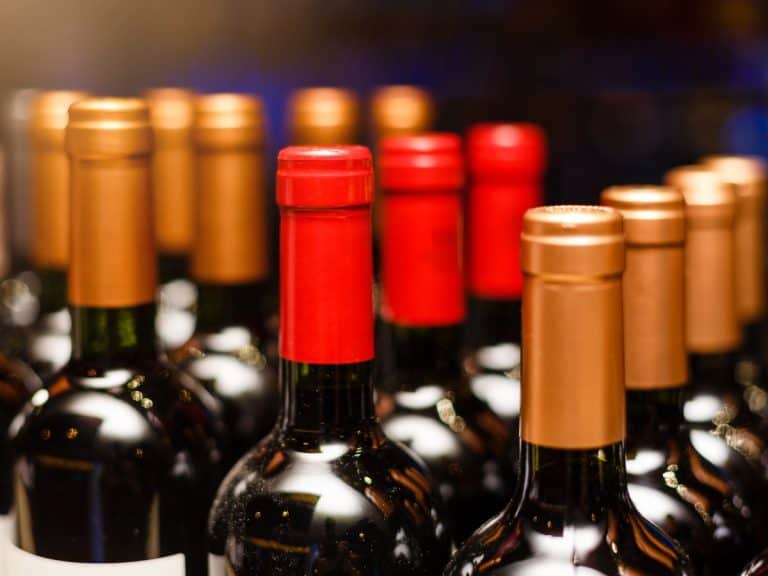 The Italian wines with the best value for money: here are the National awards from Berebene 2025 guide
The Italian wines with the best value for money: here are the National awards from Berebene 2025 guide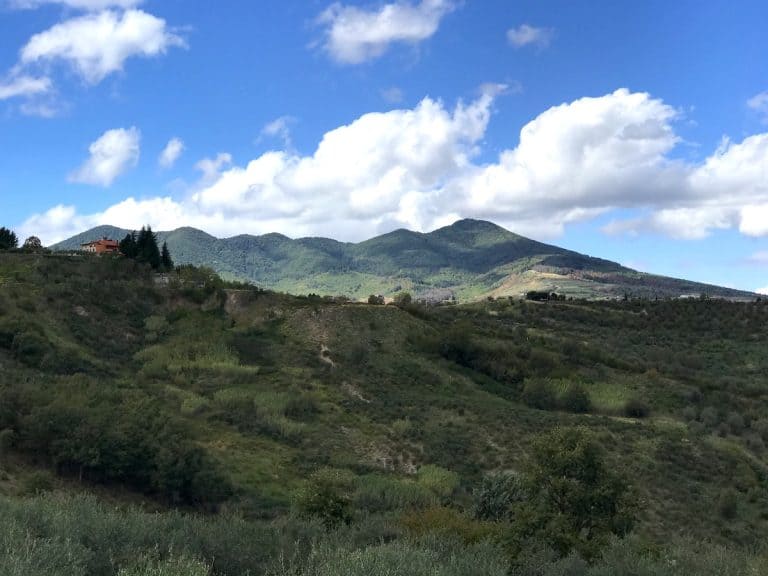 Where to eat in Venosa, the home of Aglianico del Vulture
Where to eat in Venosa, the home of Aglianico del Vulture